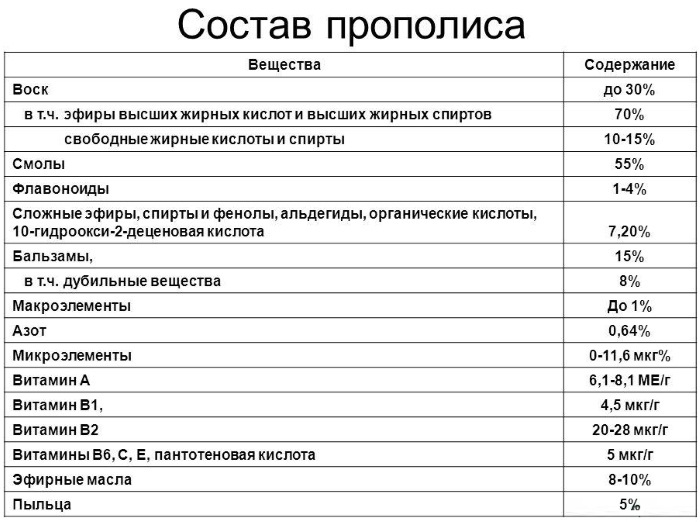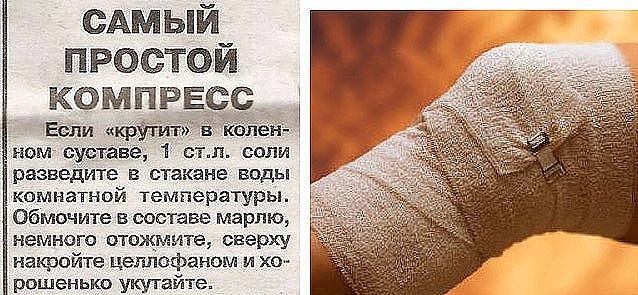Metabolic disorders lead to various diseases, one of which is gout, or gouty arthritis. It develops with retention of uric acid in the human body. Treatment of this disease should be comprehensive, but the most important and effective remedy is medication.
Record content:
- 1 Features of the treatment of gout during an exacerbation
-
2 Medications for the treatment of gout
-
2.1 Pills
- 2.1.1 Indomethacin
- 2.1.2 Colchicine
- 2.1.3 Movalis
-
2.2 External action means
- 2.2.1 Ketoprofen
- 2.2.2 Ibuprofen
- 2.2.3 Diclofenac
- 2.2.4 Nimesulide
-
2.3 Pain medications
- 2.3.1 Diclofenac sodium (solution)
- 2.3.2 Meloxicam
- 2.3.3 Hydrocortisone
-
2.4 Anti-inflammatory drugs
- 2.4.1 Urisan
- 2.4.2 Nimesulide
- 2.4.3 Etoricoxib
- 2.4.4 Dexamethasone
-
2.5 New drugs to treat gout
- 2.5.1 Adenurik
- 2.5.2 Kolhikum-Dispert
- 2.5.3 Allopurinol
-
2.1 Pills
- 3 Video about gout treatment
Features of the treatment of gout during an exacerbation
The so-called "aristocratic disease" is due to the fact that uric acid crystals enter the tissues of the human body, which is accompanied by severe pain, deformation and inflammation of the joints.
Such a disease develops over a long time and may not have manifestations for a certain period. But when factors favorable for the disease appear, a period of exacerbation begins, which makes itself felt by the above symptoms.
In this case, you cannot do without the influence of drugs. It is important to know that the methods of therapy that can help differ from each other during remission and exacerbation.
Treatment for a gout attack is aimed at relieving pain in the affected area and relieving a person from unbearable pain that significantly worsens his quality of life.
Medicines for the treatment of gout should only be prescribed by a specialist. A rheumatologist individually selects a set of medicines for pain relief, relieving inflammation and preventing further development of the disease.
The methods of administration of drugs during this period are different: it can be tablets (oral) or injections injected into the muscle (intramuscular) or into the joint (intra-articular).
To ensure the quality and effectiveness of therapy, you need a mandatory consultation with a doctor who draws up an individual treatment regimen. In such cases, hospitalization is possible. Self-medication will not lead to the desired results, although it can temporarily remove the pain syndrome.
Most often, gout affects the limbs. On the legs, this manifests itself in the form of growths on the fingers, feet, as well as redness of the affected areas. The toes can be deformed significantly, which creates big problems in the selection of shoes.
To prevent the disease from spreading to neighboring joints, immediate treatment is required, because the deposition of uric acid salts occurs in all joints and gradually affects the entire body. The course of treatment should include methods of internal and external influence.
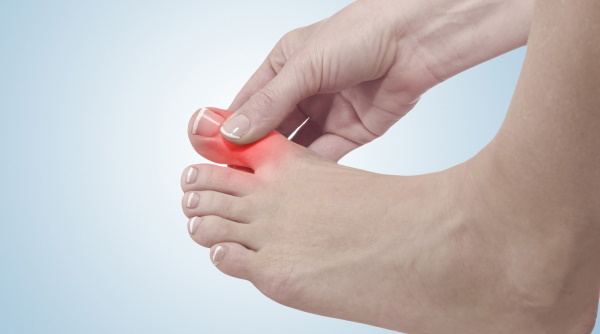
Medications taken by mouth should eliminate excess uric acid salts and relieve pain, and external treatment of the affected joint is aimed at reducing swelling, redness and pain. For gout of the legs, drug therapy and compresses are used.
Gout on the hands has the same manifestations: redness, pain, swelling, crunching when moving, subcutaneous growths. The main task during an attack is to stop inflammation, normalize metabolism and prevent possible complications (for example, deformation).
To treat gout on the hands and feet, use:
- anti-inflammatory drugs (Indomethacin, Ibuprofen, Diclofenac and others);
- anti-gout drugs (Milurit, Colchicine, Allopurinol);
- hormonal agents (Hydrocortisone, Prednisolone);
- topical agents (ointments) (Dolobene, Voltaren, Nimulid).
In the treatment of gout of the extremities, non-steroidal anti-inflammatory drugs are used, which inhibit the inflammatory process and reduce pain. A group of drugs that have an anti-gout effect, promotes the excretion of uric acid through the genitourinary system, and also reduces its production.
Hormonal agents relieve pain and reduce inflammation, and gels or ointments have a warming effect, relieve swelling and inflammation, reduce discomfort and eliminate pain.
The big toes are often affected by gout. During the period of activation of the disease, injections of glucocorticosteroid drugs directly into the diseased joint have a good effect. Such injections help to quickly relieve pain and prolong the achieved effect for a long time.
Medications for the treatment of gout
In the acute period, the treatment of gout begins with the use of anti-inflammatory tablets.
Pills
Medicines for the treatment of gout are selected taking into account various factors: concomitant diseases, allergies to certain components, the age of the patients. There are many pills available to help relieve pain and inflammation.
Indomethacin
In case of acute symptoms of the disease, Indomethacin has proven itself to relieve inflammation. The main active ingredient of the drug is indomethacin, and lactose monohydrate, cellulose, starch, magnesium stearate and povidone are used as auxiliary substances.
This medicine has several dosage forms. With gout attacks, you need to use those drugs that have a quick effect.
Indomethacin relieves inflammation, fever, and pain. As a result, the patient's general well-being improves, he has no stiffness in the joints in the morning, swelling subsides, and the range of motion increases. Inflammation is minimized already on the 7th day of therapy.
Indomethacin is used in tablets by mouth up to 3 times a day (the treatment regimen is determined individually by the doctor) at 25 mg. If the expected effect is not achieved, the dose is doubled, but it is necessary to avoid exceeding the daily norm (200 mg).
The course of therapy is a month. The tablets are taken after meals. To maintain the effect of Indomethacin, it is recommended to take at night in a volume of 50 to 100 mg.
Colchicine
Colchicine also belongs to the group of anti-inflammatory drugs. In addition, it is actively used as an anti-gout agent, relieving gout attacks and preventing them in the future.
In addition to the active substance (colchicine), it contains povidone, cellulose, magnesium stearate, and sodium starch glycolate. The tablets contain dyes and sugar, so allergy sufferers and diabetics need to take it with caution.
Colchicine is taken without chewing and with a glass of water. The initial dose is 1 mg, which is then reduced to 0.5 mg, they drink every 2 hours until the pain passes.
Movalis
Movalis also belongs to non-steroidal anti-inflammatory drugs. It has several forms of release. In tablets, it is produced in 7.5 and 15 mg. The main active ingredient is meloxicam. In addition, it contains lactose, cellulose, silicon, magnesium, povidone and crospovidone.
The recommended dose of Movalis is 1 tablet per day (the dosage and duration of treatment are determined individually by the doctor). Movalis has a fairly quick analgesic effect. Typically, the course of treatment is 3 to 5 days, but may be extended depending on the patient's condition.
External action means
For treatment to be more effective, the problem must be addressed internally and externally. In addition to tablets, for gout, topical agents are used - ointments and gels with non-steroidal anti-inflammatory components.
Ketoprofen
This 2% gel is available in 30 g tubes. It contains ketoprofen (active ingredient), carbomer, ethanol, lavender oil and tropamine.
The gel is applied directly to the site of pathology. As a result, the pain syndrome decreases, morning stiffness disappears in the joints, and swelling decreases. The agent does not have a pathological effect on the articular cartilage. Acts quickly enough.
Ketoprofen is used 2 to 3 times a day. They smear it on the skin in the place of pathology with a thin layer and rub it gently.
Ibuprofen
The ointment contains 2 active substances - ibuprofen and dimethyl sulfoxide and an additional one - macrogol. The ointment is used to relieve pain at rest and in motion, as well as to relieve inflammation in a sore joint. It helps to increase the range of motion in the diseased limb.
The ointment must be rubbed into the sore joint and with light movements up to 4 times a day. The course of treatment is from 2 to 4 weeks.
Diclofenac
The active ingredient in this gel is sodium diclofenac. The effect of this drug is the same as that of other similar drugs. The gel is applied to the skin 3-4 times a day (children are advised to use the gel no more than 2 times a day). With exacerbation of gout, you can use other means of similar action based on diclofenac - Voltaren and Ortofen.
Nimesulide
This gel has analgesic properties, helps to stop the inflammatory process in the sore joint and relieves swelling. It, like all other ointments, should be used in the complex therapy of exacerbations of gout.
A positive property of this external drug is the speed of its action. The pain is noticeably reduced already after 20 minutes after the first application.
Pain medications
Medicines for treating gout, especially in the acute period, should be effective in relieving pain. These products come in a variety of forms.
Among the tablet preparations, the following are popular:
- Colchicine;
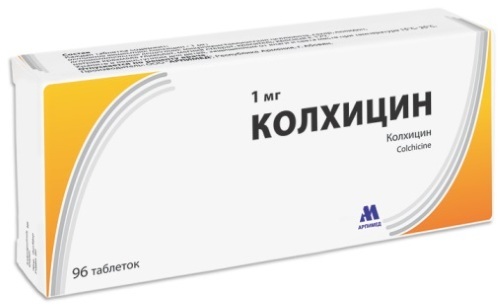
- Diclofenac;
- Indomethacin;
- Movalis;
- Kolkhamin.
These pills have contraindications that do not allow them to be used equally by everyone. In such cases, the doctor will prescribe injections.
There is a large selection of such means, they differ in the speed of the onset of the necessary action and its duration.
For injections use:
- Diclofenac;
- Meloxicam;
- Hydrocortisone;
- Flosterone;
- Kenalog.
During exacerbations, injections are made directly into the joints (large or small, located in the hands and feet), as well as into the soft tissues surrounding them (periarticular method).
Diclofenac sodium (solution)
Diclofenac can be used in various forms, including as an injection (ampoules of a 2.5% solution of 3 ml). The solution contains the main component (sodium diclofenac), as well as propylene glycol, sodium hydroxide, sodium metabisulfite and benzyl alcohol.
Injections are administered intramuscularly at 75 mg per day. With severe pain, the daily dose can be doubled by doing the procedure twice a day.
Diclofenac is usually used in combination with Milgamma. This allows not only to relieve pain, but also to improve the general condition of the patient's body.
Meloxicam
Meloxicam solution relieves pain and successfully stops inflammation. It is administered in a volume of 7.5 ml once a day. In accordance with the severity of the disease, the dose is doubled.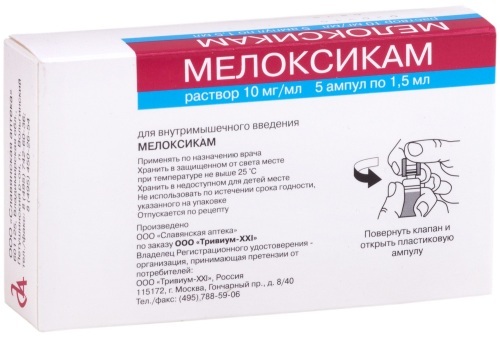
Meloxicam should not be administered to children under the age of 18. He has many contraindications, so treatment with this drug should be discussed with a doctor.
Hydrocortisone
1 ml of hydrocortisone solution contains 25 mg of the active substance (hydrocortisone acetate), propylene glycol, sorbitol, benzyl alcohol, sodium chloride.
The dose can range from 5 to 50 mg. During the day, it is allowed to do such injections in no more than 3 joints. Significant improvement occurs within 6 - 24 hours. The injection lasts for several weeks. The second time you can do a similar injection 21 days after the first.
Due to the ability of active substances to be quickly absorbed, the patient receives relief in a short time.
Anti-inflammatory drugs
Medicines used during gout attacks will help reduce the intensity of the inflammatory process and ensure normal joint mobility. Various medications are used to treat inflammation.
Urisan
Urisan capsules have a complex composition, which includes:
- plant components-extracts (rhizomes of medicinal and aromatic ginger, tea leaves, alpinum rhizomes, field horsetail, turmeric);
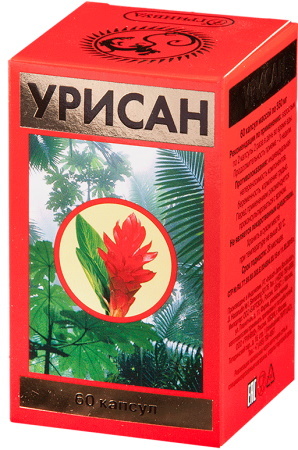
- biologically active substances (flavonoids, essential oils, curcumin, silicon);
- additional substances (starch, lactose, magnesium stearate).
Urisan performs the function of removing excess uric acid. It also normalizes the metabolism of purines and helps to restore the body after a gout attack, strengthens the immune system.
They are taken in 2 pieces. twice a day during breakfast and dinner. The course of therapy is 3 weeks.
Nimesulide
These anti-inflammatory tablets contain an active ingredient (nimesulide), as well as auxiliary (lactose, cellulose, starch, monohydrate, silicon dioxide, calcium stearate).
Thanks to the active ingredient, the drug stops the inflammatory process, relieves the patient's condition. Nimesulide is taken 100 ml twice a day after meals.
Etoricoxib
This non-steroidal anti-inflammatory drug improves microcirculation in blood vessels, reduces their permeability, as a result of which energy supply is inhibited in the focus of inflammation.
In addition to 30 mg of the active ingredient etoricoxib, the tablet contains calcium hydrogen phosphate, cellulose, crospovidone, magnesium stearate and povidone.
It is taken once a day. The positive property of this drug is that it does not have a destructive effect on the mucous membrane of the gastrointestinal tract.
Dexamethasone
Among injections that have a pronounced anti-inflammatory effect on sore joints, Dexamethasone is a success. 1 ampoule contains 4 mg of sodium dexamethasone phosphate, as well as methylparaben, sodium metabisulfite, sodium hydroxide, propylparaben, disodium edetate.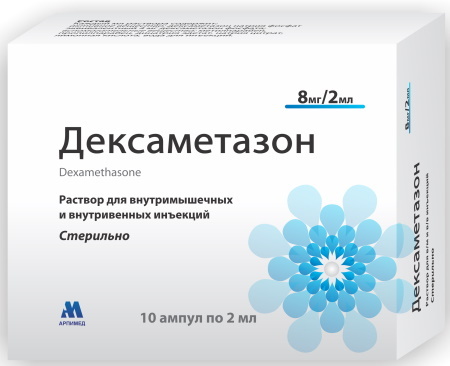
The drug not only fights inflammation, but also has antiallergic and immunosuppressive effects.
The dose depends on the patient's condition and indications. In acute forms of the disease, it is administered intravenously or locally (at the site of pathology). To relieve acute gout pain, Dexamethasone is administered at a higher dose (4-20) mg up to 4 times a day.
New drugs to treat gout
Despite the fact that such a disease as gout has been known since 2600 BC. BC, the methods of its treatment are still being improved. Today there are new tools that have little experience in use, but have already proven their effectiveness.
Adenurik
One of these drugs is Adenuric. Its active ingredient is febuxostat, and its auxiliary substances are lactose monohydrate, hyprolose, cellulose, magnesium stearate, colloidal silicon dioxide, as well as sodium croscarmellose.
These tablets help to reduce the concentration of uric acid and maintain its normal level. They are taken once a day at 80 - 120 mg (the dose is calculated by the doctor). The course of treatment depends on the indications. The tablets are approved for use from the age of 18.
Kolhikum-Dispert
This drug has a pronounced anti-gout effect. These tablets contain the same active ingredient as Colchicine. The therapeutic effect is based on the ability of the drug to reduce the level of leukocytes in the lesion.
You can be convinced of the effectiveness of Kolhikum-Dispert tablets after 12 hours after the first dose. In case of an arthritic attack, it is recommended to take 1.5 - 2 mg of the medicine on the first day. The next day, the dose is reduced.
Allopurinol
According to recent studies, one of the first line treatments for gout is Allopurinol. Its function is to reduce the concentration of uric acid in the blood plasma and urine of the patient. As a result, the urate deposits dissolve.
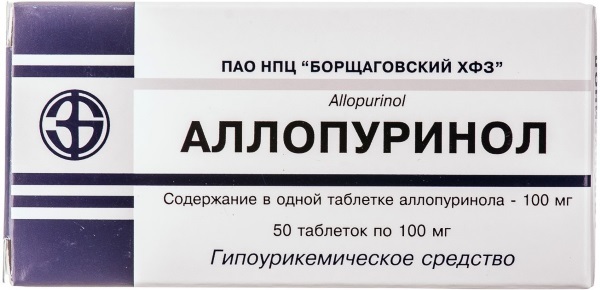
The main active ingredient of the tablets is allopurinol (300 mg), and the auxiliary ones are lactose, cellulose, magnesium stearate, edible gelatin, sodium carboxymethyl starch and silicon dioxide.
The primary dose for the chronic form of the disease is 250 mg in the morning and evening. After 7 days, it is doubled. If the expected effect is not achieved, then after a month it is increased again by 500 mg. But the permissible dose should not exceed 2 g per day.
Allopurinol has been taken for a long time. All this time, the concentration of urates in the blood is monitored. If after six months there are no acute attacks of gout, the dose is reduced by 500 mg every month.
Today, there are many ways to treat this ancient disease. Treatment for gout should be comprehensive and include drugs of internal and external action - tablets, injections and ointments. It is important to prevent the development of the disease, which can lead to frequent attacks.
Video about gout treatment
Medicines for gout:

